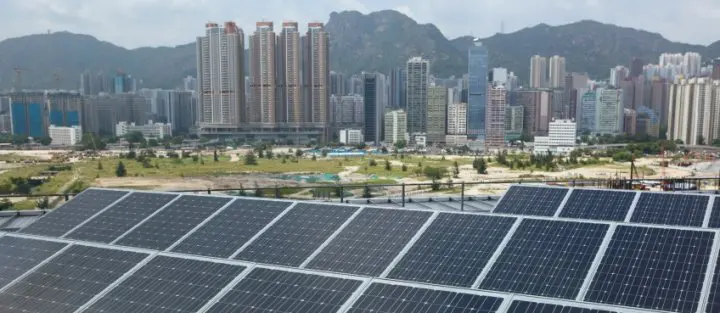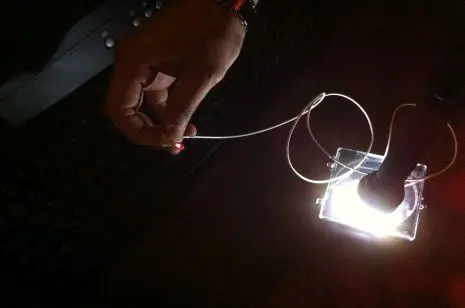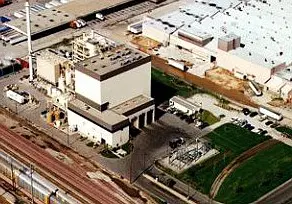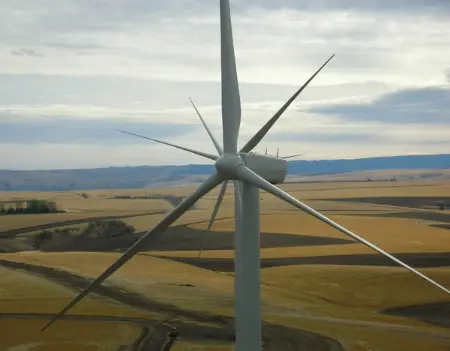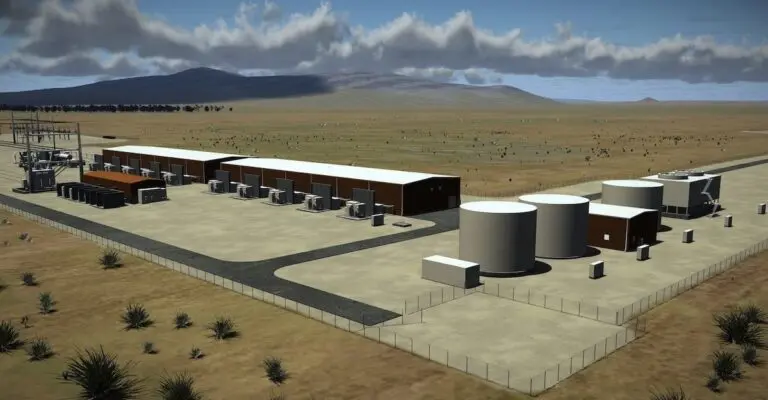This summer has been particularly harsh in North India – both in terms of record temperatures and lack of power. Delhi has seen power cuts ranging from one to five hours daily. During the peak summer season, this is close to living hell. It is therefore no surprise that people are protesting at the situation. The irony however is that the sun shines mercilessly and is largely untapped.
- Delhi’s power shortage is not due to inadequate generation capacity. It is simply because power tariffs are so low that DISCOMs cannot afford to buy expensive peak power in the market
- Power prices are intentionally being kept low to cater to vote bank politics. People do not realize that if they want quality power, they must pay for it
- Delhi and its politicians must adopt a long-term view – which means higher prices in the short-term but a much healthier grid and lower energy costs in the long-term. Rooftop solar can play a vital role
It’s not as if there is a deficit in power generation capacity in the country. India has a total generation capacity of 245 GW and actual peak demand in the summer months does not exceed 150 GW. In the month of April 2014, the peak summer demand stood at 141 GW (Central Electricity Authority, Executive Summary Power Sector April 2014). Why are over 100 GW generation capacities lying idle? The answer is simple: The politics of power pricing and lack of coal supply. A lot has been talked about on India’s inability to meet coal demand, so I limit my discussion to the former – power pricing. Politicians influence the Electricity Regulatory Commissions (ERC) and artificially keep power prices subdued to cater to vote banks. In Delhi, the former Chief Minister Arvind Kejriwal did this during his now famous AK-49 government (it lasted 49 days). During his short tenure in office, Kejriwal slashed power prices without taking into account the consequences, namely that cheaper power means less power. It isn’t just Mr. Kejriwal. Governments across India lower tariffs, typically before elections, to raise them again after elections. Below market rate power prices means that DISCOMs cannot maintain the existing T&D and generation infrastructure and invest in new infrastructure. Nor do DISCOMs want to buy expensive short-term power to make up the deficit, if they can only sell it at a loss. They’d rather sit back and do nothing.
Read the full article here


